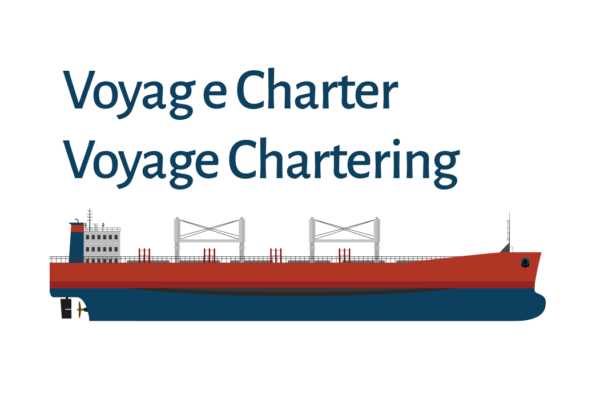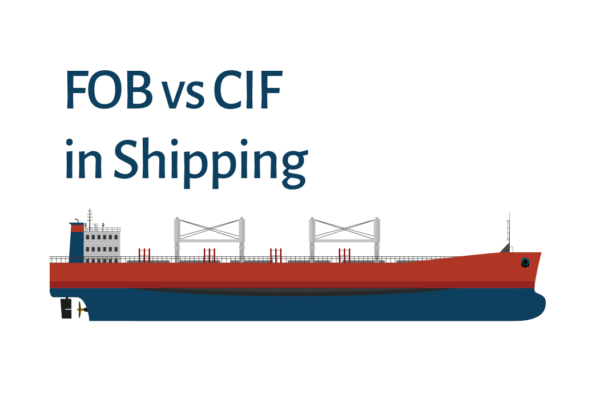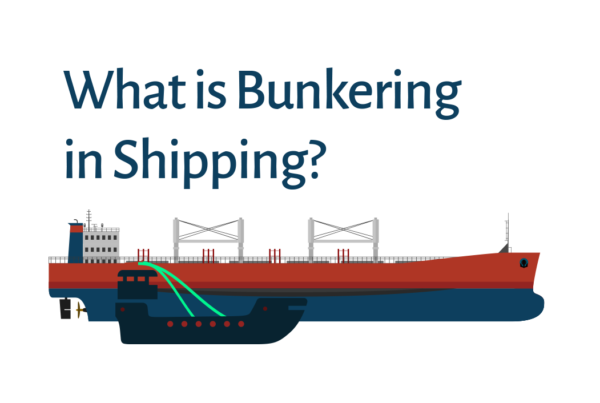In shipping, “cabotage” refers to transporting goods or passengers between two ports within the same country by a carrier from a different country. While it’s most commonly associated with maritime and aviation industries, cabotage can apply to any mode of transport where foreign operators conduct domestic services.
The term “cabotage” originates from the French word caboter, which means “to sail along the coast.” Historically, it described ships that navigated a country’s coastline, stopping at multiple ports to trade. Over time, the definition has broadened to include laws and regulations that govern the rights of foreign carriers operating within another nation’s borders.
Cabotage Laws in Shipping
Turkish and EU Cabotage Laws in Shipping
In the shipping industry, cabotage laws regulate how foreign-flagged vessels operate in a country’s domestic waters. These laws may restrict or prohibit foreign ships from transporting cargo or passengers between domestic ports.
For example, a country might ban foreign vessels from moving goods between its ports to protect and promote its local maritime industry. This ensures that domestically registered and operated ships receive priority in domestic transportation services.
In Turkish Law, Turkish Cabotage Law No: 815 (19/4/1926)
This law (Turkish Cabotage Law), enacted in 1926, grants Turkey exclusive rights over maritime activities along its coasts and in its territorial waters regarding coastal trade.
According to this law, only Turkish-flagged ships can transport goods and passengers between Turkish ports or provide port services. Foreign vessels can only carry passengers and cargo between foreign and Turkish ports. This law secures Turkey’s control over its coastal and marine economic activities.
In EU Law, Council Regulation (EEC) No 3577/92 of 7 December 1992
Adopted in December 1992, this regulation establishes the right of EU-registered vessels to freely provide maritime transport services (cabotage) within Member States starting January 1, 1993.
Key points include:
Scope: Covers passenger and goods transport by sea within Member States, including island and mainland routes.
Eligibility: EU shipowners with vessels registered in any Member State can operate cabotage services, with phased exemptions for less developed regions until specific dates.
Public Service: Member States may impose public service obligations (e.g., regular schedules to islands) but must apply these fairly to all EU operators.
Manning Rules: Responsibility for crew regulations depends on whether the service is on mainland or island routes.
Safeguards: States may request temporary measures to address market disruptions due to cabotage liberalization.
The regulation aims to open maritime services within the EU while allowing for protections to ensure stability and regional service continuity.
Why Is Cabotage Important?
Demurrage Risk Analysis
- Economic Protection: It safeguards a nation’s economic interests by giving domestic operators a competitive advantage, ensuring they have the best opportunities for business and employment.
- Preventing Unfair Competition: By regulating foreign carriers, cabotage laws prevent unfair competition arising from disparities in operating costs, safety standards, and other factors.
- Job Security: Favoring local operators helps preserve jobs for citizens within the country’s transportation industry.
- Control Over Infrastructure: Cabotage regulations allow a country to maintain control over its transportation networks, ensuring efficient and secure movement of goods and passengers.
- Regulatory Oversight: Establishing a clear regulatory framework helps enforce safety standards, environmental regulations, and other important policies within domestic transportation.
- Revenue Generation: Governments can generate income through fees or permits required for foreign carriers to engage in cabotage activities.
While cabotage offers these benefits, it can also be a contentious issue in international trade discussions. Policymakers must balance the need to protect domestic interests with the advantages of facilitating global trade.
Conclusion
Cabotage is a crucial concept in global transportation, affecting how goods and passengers move within a country’s borders. By understanding cabotage laws and their implications, businesses and policymakers can navigate the complexities of domestic and international trade more effectively.






